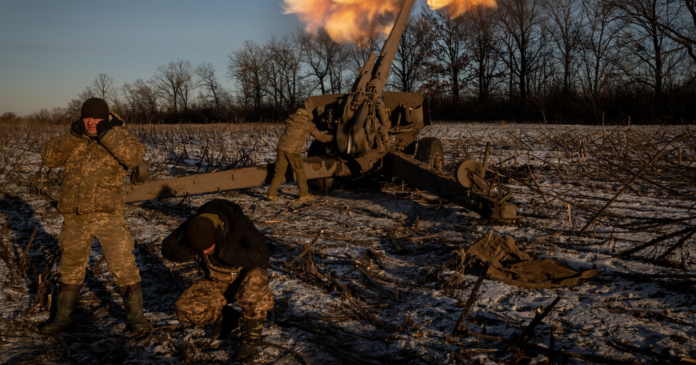Those wars have often turned, perhaps more than any other factor, on industrial attrition, as each side strains to maintain the flow of matériel like tanks and antiaircraft munitions that keep it in the fight.
But this works very differently from the competition over raw manpower that defined conflicts like World War I, touching more on matters of technology, economic capacity and international diplomacy.
A Modern Sort of Attrition
“A lot of conventional wars come down to attrition,” the analyst Michael Kofman said recently on the national security podcast War on the Rocks. “The side that is better able to reconstitute over time is the side that’s able to sustain the war and ultimately win.”
The conflict between Russia and Ukraine neatly fits that model, which helps to explain many of its twists and turns, added Mr. Kofman, who is the director of Russian studies at C.N.A., a research institute in Arlington, Va.
To take one example, each side’s ability to take and hold territory is determined in large part by its ability to field tanks and other heavy vehicles more reliably than its opponent.
And, because air power is effective at destroying such vehicles, each side’s rate of attrition on the ground is determined in part by who controls the skies.
This is consistent with other such wars. Some analysts argue that Iran ended its decade-long war with Iraq, in the 1980s, only when it finally wrested control of the skies.



